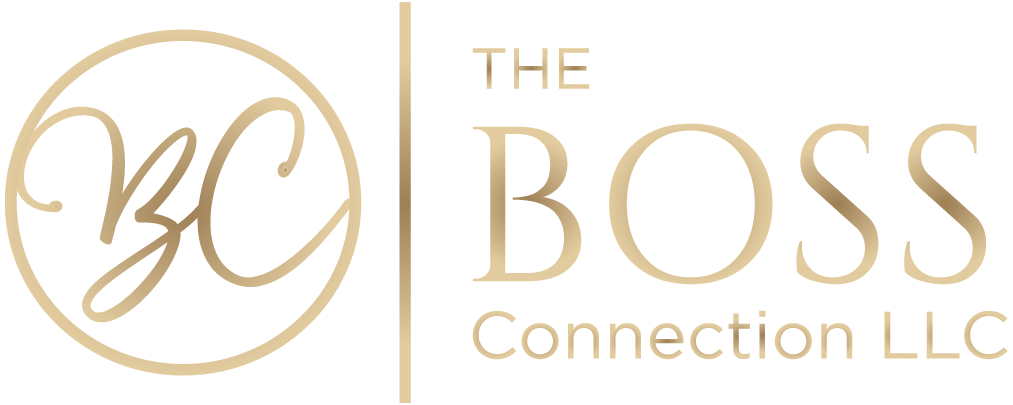How does a large tech company transform a diverse workforce into an inclusive and engaged community? This comprehensive case study delves into the various elements of our multi-faceted Diversity & Inclusion (D&I) strategy. Key components of this strategy include mandatory unconscious bias training, which helps employees recognize and mitigate their own biases, Employee Resource Groups (ERGs) that provide support and networking opportunities for underrepresented groups, and a specialized mentorship program designed to foster career growth among minority employees.
By implementing these initiatives, our client was able to address and overcome significant challenges related to unconscious bias and minority engagement within the organization. The outcomes were remarkable: a 20% increase in employee engagement among minority groups and a 15% rise in their representation in leadership roles. These results underscore the effectiveness of a well-rounded D&I strategy in creating a more inclusive, supportive, and dynamic workplace environment.
Introduction
Our client, a trailblazer in the technology industry, is celebrated for its innovation and diverse talent pool. Yet, despite their success and cutting-edge advancements, they grappled with creating an inclusive work environment that truly mirrored their workforce’s diversity. With a team spanning various ethnicities, genders, and age groups, fostering a sense of belonging and inclusion was a challenge. Added to this were issues of unconscious bias and the underrepresentation of minority groups in leadership roles.
Recognizing the urgent need for change, they turned to us to craft and implement a dynamic Diversity & Inclusion (D&I) strategy. We conducted thorough assessments, provided training on unconscious bias, and set up mentorship programs to nurture diverse talent. By collaborating closely with their leadership and employees, we aimed to cultivate a culture where everyone felt valued and empowered to share their unique perspectives.
Together, we embarked on an exciting journey to transform their workplace into a thriving, inclusive environment that celebrates diversity and fuels continued innovation.
Client Transformational Journey
Despite their strong commitment to diversity, our client encountered several critical issues that impeded their progress:
- Unconscious Bias: Employees across all levels exhibited unconscious biases that subtly yet significantly affected team dynamics. These biases led to disparities in career progression opportunities for minority groups, often resulting in these individuals feeling overlooked and undervalued.
- Lack of Engagement: Minority groups reported notably lower engagement scores in internal surveys. This indicated prevailing feelings of exclusion and undervaluation, which, over time, could lead to higher turnover rates and a less motivated workforce.
- Underrepresentation in Leadership: There was a stark underrepresentation of minority individuals in leadership positions. This created a pronounced disparity between the company’s diverse entry-level workforce and its predominantly homogeneous executive ranks. As a result, minority employees often lacked role models and mentors who shared their backgrounds and experiences.
These challenges hindered the company’s ability to harness the full potential of its diverse workforce and to maintain a cohesive, inclusive work culture. Addressing these issues is essential for fostering an environment where all employees can thrive and contribute to the company’s overall success.
To address these multifaceted challenges, we developed a tailored Diversity & Inclusion strategy with the following key components:
Mandatory Unconscious Bias Training
We introduced mandatory unconscious bias training for all employees. This training aimed to raise awareness about implicit biases and equip staff with the tools to mitigate them. By fostering an environment where employees could recognize and challenge their biases, we set the stage for more inclusive behaviors and decision-making processes.
Establishment of Employee Resource Groups (ERGs)
To create a sense of community and support, we facilitated the formation of Employee Resource Groups (ERGs). These groups focused on various underrepresented demographics, providing a platform for networking, professional development, and advocacy. Through regular meetings and activities, ERGs played a crucial role in enhancing the sense of belonging among minority employees.
Mentorship Program for Underrepresented Groups
Recognizing the importance of mentorship in career advancement, we introduced a dedicated mentorship program for underrepresented groups. This initiative paired minority employees with experienced mentors who could provide guidance, support, and advocacy. The program aimed to bridge the gap in career development opportunities and foster leadership skills among minority employees.
Monitoring and Feedback Mechanisms
To ensure the effectiveness and continuous improvement of the D&I strategy, we established regular monitoring of diversity metrics and employee engagement scores. Open forums and feedback mechanisms encouraged ongoing dialogue and allowed employees to voice their experiences and suggestions. This iterative approach helped us make necessary adjustments and sustain progress.
Leadership Commitment
Crucially, our strategy involved securing a commitment from the company’s leadership to prioritize and champion diversity and inclusion. Through company-wide communications and visible actions, leadership demonstrated their dedication to creating an inclusive workplace, setting the tone for the entire organization.


